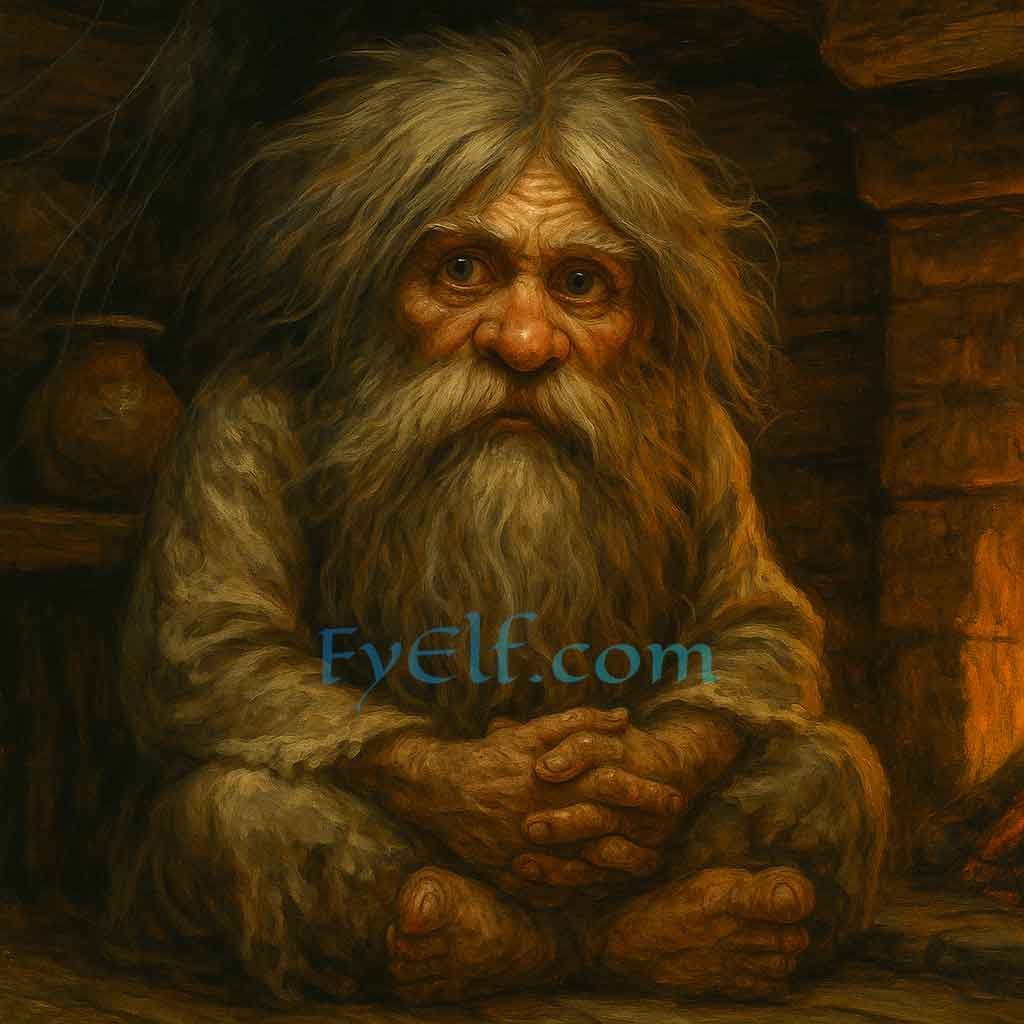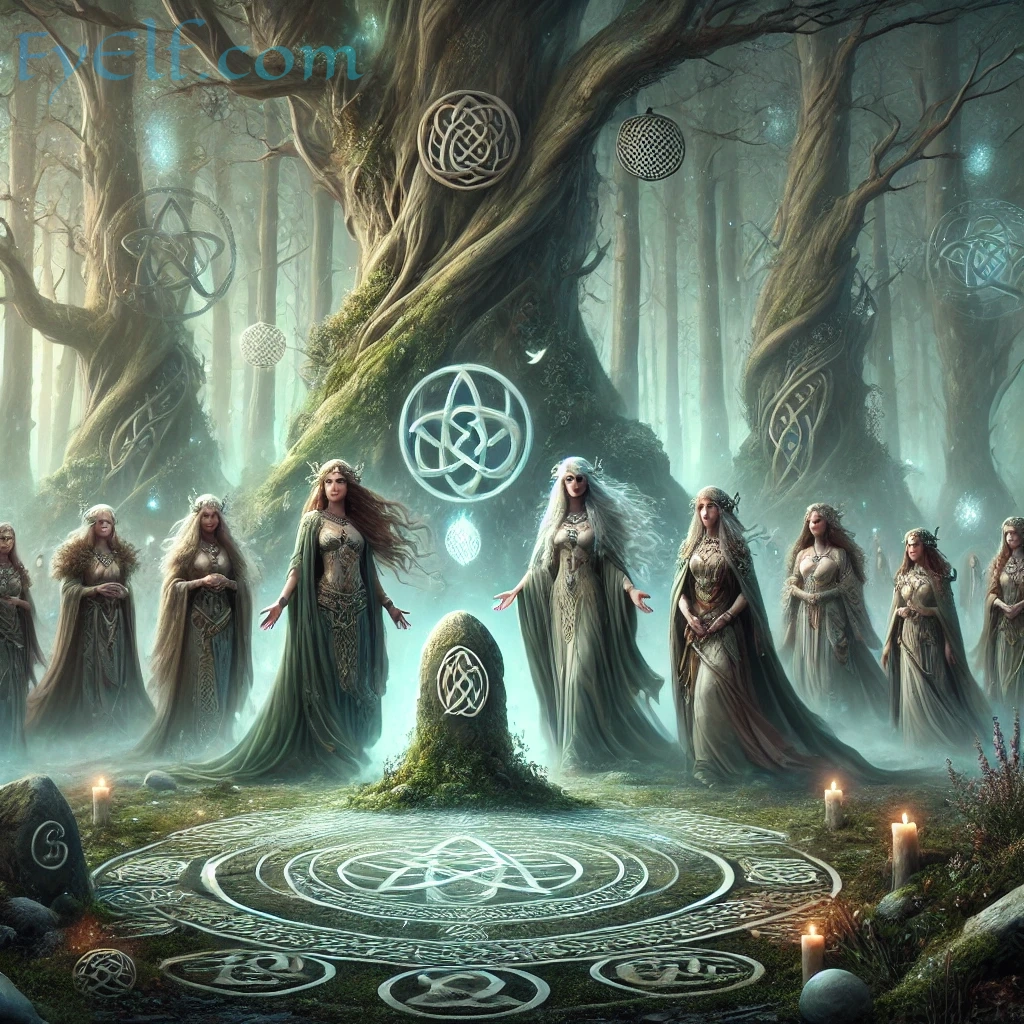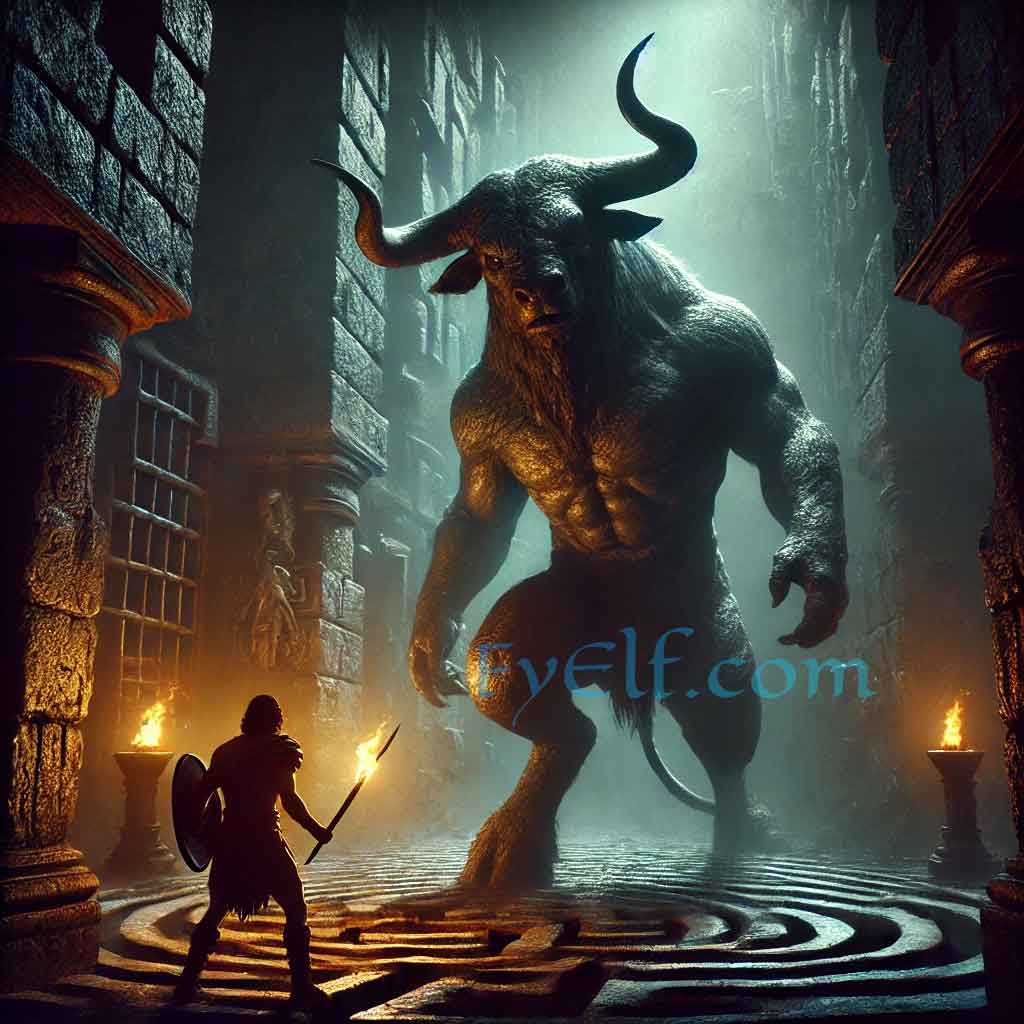Spirits at the Heart of the Home
In the vast landscape of Slavic mythology, one figure stands out as both familiar and mysterious—the Domovoi, the guardian of the household hearth. Unlike gods who rule over cosmic forces or monstrous beings that dwell in forests and rivers, the Domovoi is intimate, personal, and ever-present. For centuries, families across Russia, Ukraine, Poland, and other Slavic lands believed that the Domovoi lived with them, watched over their livestock, guarded their prosperity, and sometimes scolded them for laziness or disrespect.
The Domovoi embodies a uniquely human need: the desire for protection and continuity within the home. To understand Slavic traditions is to understand the role of the Domovoi in shaping everyday life, rituals, and identity.
Who Are the Domovoi?
The name Domovoi derives from the Slavic word dom, meaning “house” or “home.” In its simplest form, the Domovoi is a household deity or spirit tied directly to a specific family and its dwelling. Each home was believed to have its own Domovoi, inherited along with the property and bound to its lineage.
Regional variations of the Domovoi existed, with slight differences in appearance or behavior. In Russian tradition, the Domovoi was typically male, though some folklore mentions female household spirits (Domovikha). In Ukrainian belief, Domovoi were often tied to both the hearth and livestock, ensuring fertility and prosperity.
Appearance and Traits of the Domovoi
Descriptions of the Domovoi vary across folklore, but he is usually imagined as a small, old, bearded man, often dressed in peasant clothing. His hair and beard might be white, symbolizing wisdom and age, or dark and shaggy, reflecting his earthy, mysterious nature.
Some tales suggest that the Domovoi could shape-shift, taking the form of the family’s ancestors or even appearing as a household animal, such as a cat, dog, or mouse. This ability linked him to both the world of the living and the ancestral spirits.
Despite his generally protective role, the Domovoi was known for a temperamental personality. If respected, he ensured harmony and abundance; if offended, he could bring mischief, accidents, or misfortune to the household.
Role of the Domovoi in Daily Life
The Domovoi was more than just a myth—he was a constant presence in traditional Slavic households. Families saw him as a guardian of the hearth, which symbolized warmth, life, and unity.
- Protector of the Family: The Domovoi defended the family from evil spirits, witches, and ill fortune.
- Guardian of Livestock: Since agriculture was central to Slavic life, Domovoi were often tied to barns and stables, ensuring animals remained healthy.
- Keeper of Prosperity: A happy Domovoi brought wealth and fertility, while a displeased one could make crops fail or cause quarrels within the household.
In many legends, the Domovoi acted like a stern elder relative—caring but quick to discipline. If a family member was lazy, disrespectful, or immoral, the Domovoi might pinch them at night, tangle their hair, or even break household items as a warning.
Rituals and Offerings to the Domovoi
Because of his vital role, families cultivated their relationship with the Domovoi through rituals and offerings. These practices were simple yet symbolic:
- Food Offerings: Bread, milk, porridge, or salted bread were placed near the stove or in the corner of the house.
- Housewarming Rituals: When moving to a new home, the head of the family would invite the Domovoi to join, often with a special incantation or offering.
- Seasonal Customs: At harvest time or New Year, families left small gifts to ensure the Domovoi’s goodwill for the coming year.
Neglecting or angering the Domovoi was dangerous. In folklore, a displeased Domovoi might cause illness, quarrels, or even leave the house entirely—an omen of disaster.
Domovoi as Tricksters and Punishers
Though benevolent, Domovoi had a mischievous side. They often acted as tricksters, moving objects around the house, hiding tools, or making noises at night. This mischief, however, was rarely malicious—it was seen as a reminder of their presence.
When truly angered, though, the Domovoi could become punitive. Tales tell of Domovoi who strangled drunkards, pulled the hair of quarrelsome wives, or frightened lazy children. In this way, they reinforced social norms, serving as invisible enforcers of discipline within the family unit.
Comparisons with Other Household Spirits
The Domovoi was not unique to Slavic lands—many cultures had household spirits:
- Roman Lares: Ancestor spirits who protected the family and household.
- Celtic Brownies: Mischievous helpers who performed chores if respected, but caused trouble if angered.
- Armenian House Spirits: Though less documented, Armenian folklore speaks of guardian beings tied to the hearth and family prosperity.
These parallels show that belief in household spirits was a widespread Indo-European phenomenon, reflecting the centrality of the home in pre-modern societies.
Domovoi in Literature and Modern Culture
The Domovoi survived Christianization, continuing as a figure in folklore, fairy tales, and later literature. In Russian literature, writers like Nikolai Gogol referenced household spirits, weaving them into broader cultural identity.
In modern times, the Domovoi appears in fantasy novels, video games, and art, often reimagined as a quaint or comical house spirit. Yet at the core of these depictions remains the same idea: a spirit deeply tied to the hearth, family, and continuity.
The Enduring Symbol of the Hearth
The Domovoi represents one of the most enduring aspects of Slavic mythology—the belief that the home itself is sacred and requires protection. Unlike distant gods or cosmic deities, the Domovoi lived alongside people, watched their daily lives, and reflected the moral values of the community.
In a world where the hearth was the center of warmth, food, and unity, the Domovoi embodied the spirit of home. To honor him was to honor the very essence of family life.
Even today, the Domovoi remains a symbol of the hearth’s protective power, reminding us that myths are not just stories from the past but living traditions that continue to shape cultural memory.




